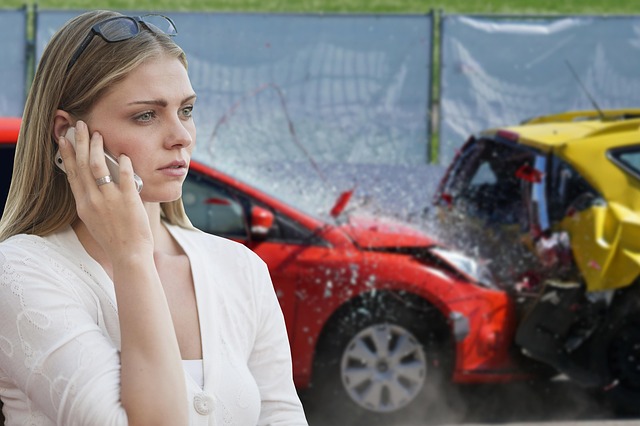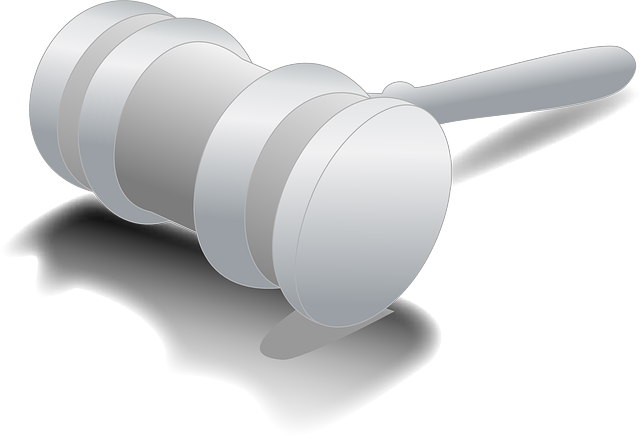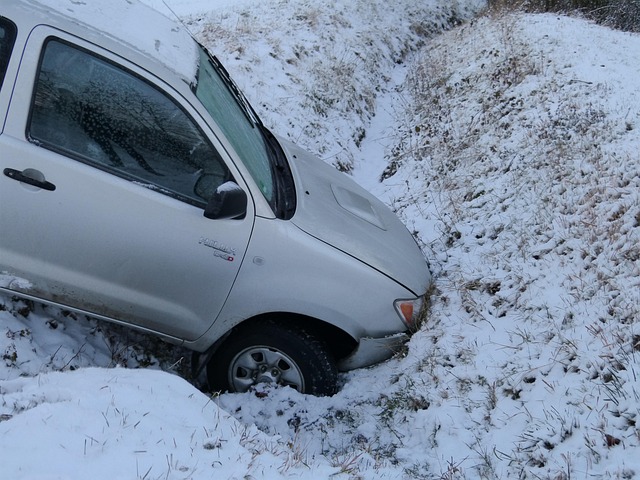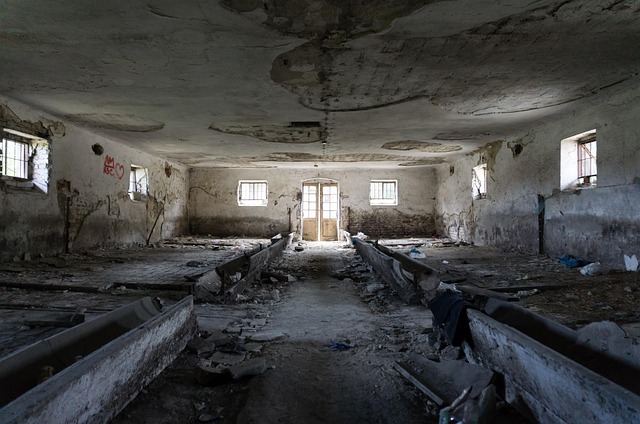Uneven pavement, characterized by cracks, bumps, and dips, is a primary cause of fall accidents in public spaces. Visible defects like broken concrete and deteriorated asphalt, as well as less apparent hazards from poor construction or maintenance, pose significant risks to pedestrians. Regular inspections are crucial for identifying and rectifying these issues promptly, reducing the risk of falls and associated liabilities, including contractual disputes over maintenance obligations. Prompt repairs enhance safety and prevent legal complications for truck accident lawyers investigating negligence cases.
Uneven pavement poses significant risks, causing numerous fall accidents. This article delves into the common causes behind these incidents, exploring critical defects like cracks, sinkholes, and uneven surfaces. We analyze risk factors, including maintenance neglect, adverse weather, and human error. Additionally, it offers preventative measures, emphasizing regular inspections, effective street maintenance, and safe walkway design to mitigate risks and enhance accessibility.
- Identifying Uneven Pavement: Common Defects and Issues
- – Cracks and Joints: Impact on Walkway Stability
- – Sinkholes and Depression Holes: Signs of Undermining
Identifying Uneven Pavement: Common Defects and Issues
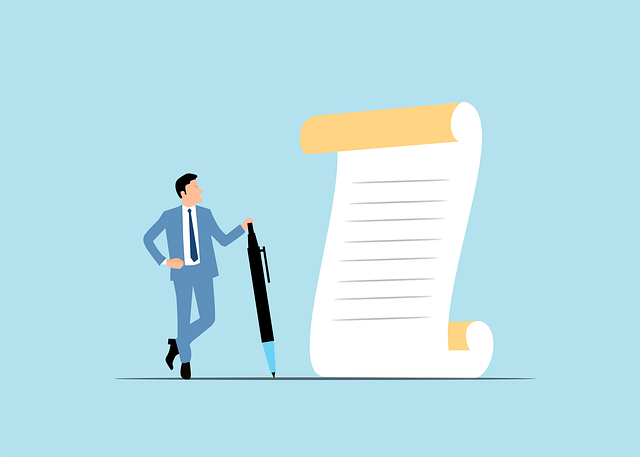
Uneven pavement, characterized by bumps, cracks, or dips, is a significant cause of fall accidents in various settings, from sidewalks to parking lots. Identifying these defects requires a keen eye for detail as even minor irregularities can pose tripping hazards. Common issues include cracked or broken concrete, uneven jointing, and deteriorated asphalt surfaces. Over time, exposure to weather conditions, heavy traffic, or poor maintenance can lead to the deterioration of pavement structures, creating potential safety risks.
While some defects are readily visible, others may be less apparent but equally dangerous. For instance, a breach of contract or defective products in construction projects can result in uneven pavement installations, leading to liability issues and increased risk for pedestrians and vehicles alike. Regular inspections and prompt repairs are essential to mitigate these risks, ensuring the safety of all users and preventing contract disputes related to maintenance responsibilities.
– Cracks and Joints: Impact on Walkway Stability
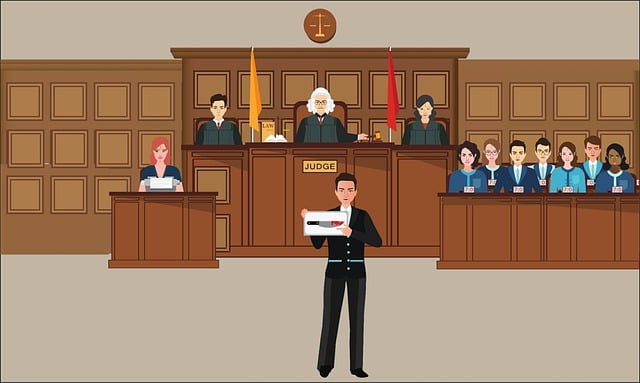
Uneven pavement, characterized by cracks and joints, presents a significant risk to pedestrians, leading to numerous slip and fall injuries. These seemingly minor defects in the walkway’s surface can have severe consequences, especially for those walking at an increased speed or carrying heavy loads. As individuals traverse these uneven areas, their stability is compromised, making them more susceptible to losing balance and falling.
The impact of cracks and joints on pavement stability is profound. They disrupt the continuous surface, creating potential tripping hazards. Moreover, these defects can accumulate over time due to factors like age, weather conditions, and traffic volume, causing further instability. In cases where inadequate maintenance or poor initial construction quality contributes to these issues, it may lead to insurance disputes regarding product liability for those who sustain slip and fall injuries as a result.
– Sinkholes and Depression Holes: Signs of Undermining
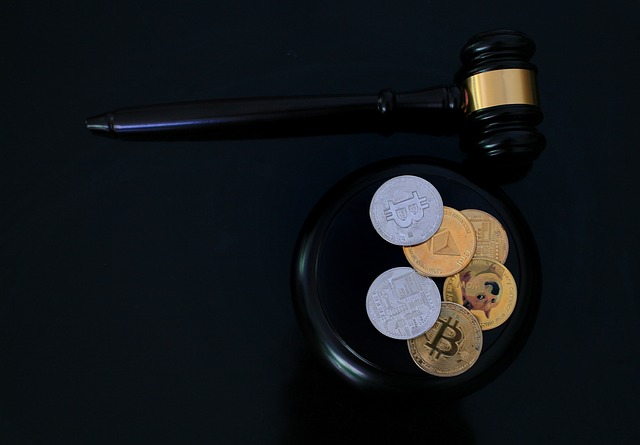
Uneven pavement fall accidents are often caused by signs of undermining that go unnoticed until it’s too late. Sinkholes and depression holes are prominent indicators of a more significant problem beneath the surface. These formations occur when soil erosion or underground cave-ins cause sections of the road to collapse, leading to hazardous conditions for pedestrians and vehicles alike.
Regular inspection is crucial to identify these potential dangers early on. Property owners or local authorities should be vigilant in monitoring roads, especially in areas prone to heavy traffic or extreme weather conditions. Prompt action can prevent not only uneven pavement fall accidents but also costly repairs and contract disputes related to real estate or construction projects. Even a truck accident lawyer might find evidence of negligence in such cases, as proper road maintenance is a legal obligation.
Uneven pavement fall accidents are preventable. By identifying common defects like cracks, joints, sinkholes, and depression holes, property owners and managers can ensure safer walkways. Regular maintenance and prompt repairs are key to mitigating these hazards, thereby reducing the risk of falls and potential liability. Staying proactive in addressing uneven pavement issues is essential for creating a secure environment for everyone.
